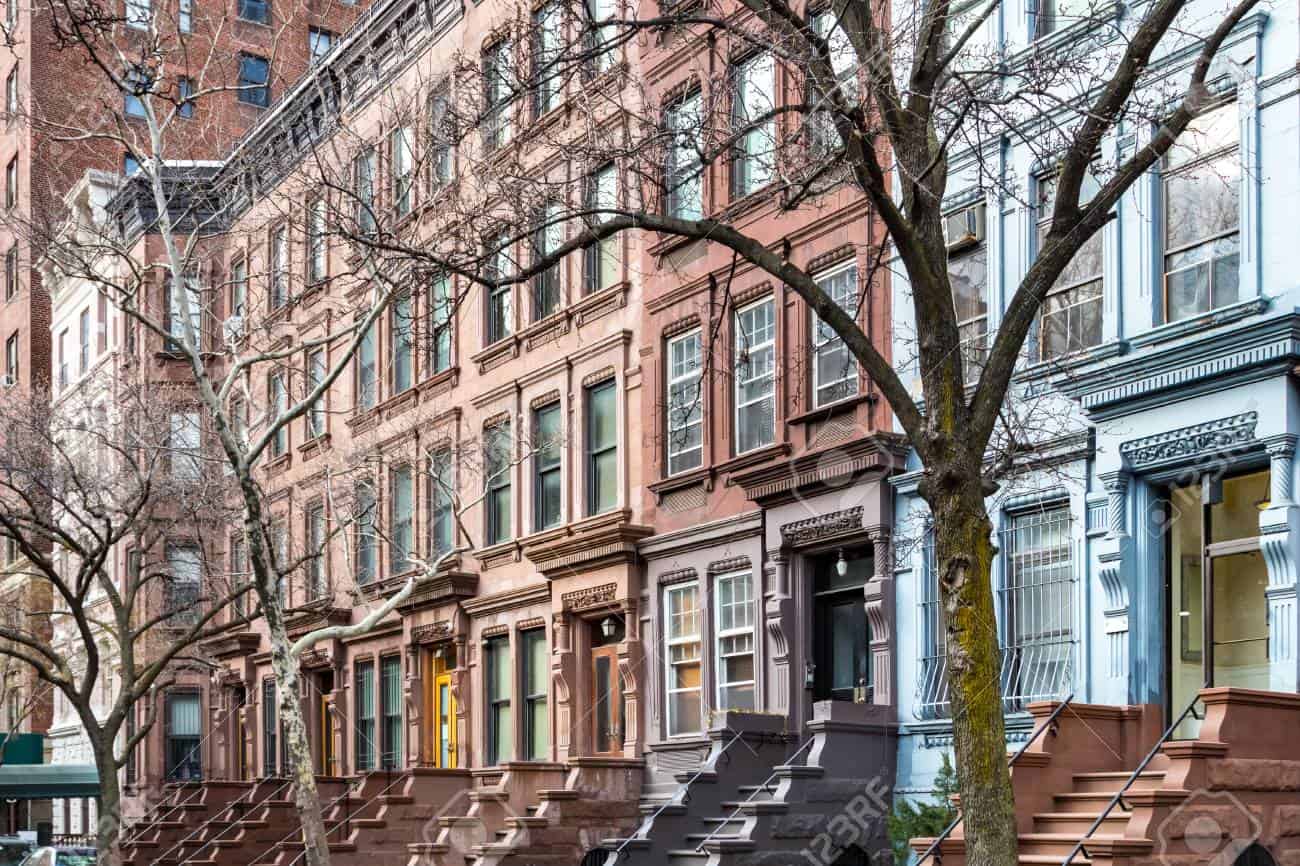The significant changes in the rental prices in New York City over the past ten years has its root in the financial crisis of 2008. New York and the rest of the nation continued to struggle for years. The median cost of rent in New York in the first quarter of 2010 was $383,699. As a result of the hit on the market by the onslaught of luxury housing around 2013, there began to be a rise in rental prices. By the third quarter of 2019, prices had almost doubled from 2010 prices. Historically, Manhattan has held the title of one of the most expensive places to rent in the U.S. Last year, the expensive rental market cast a wider net incorporating submarkets like Brooklyn and Queens. According to a StreetEasy market report, “Northwest Brooklyn…experienced the fastest rate of rent growth in the city, rising 3.5% since last year to $3,115. Monthly rents in the submarket rose $100 from one year ago.” Obviously, the rise in rents extending beyond just Manhattan took the market to a whole new level. Without a historical compass by which to gauge our next direction in a post-Pandemic world, that leaves the question, in a world where rents in NY have been some of the highest in the nation, what will happen to renters who, now more than ever, need a viable option?
In a world where shopping for a rental by walking through is over, where landlords are jacking up rents just because they can, where some landlords have driven out tenants who came in at low rental rates so that they can now rent to visiting doctors and nurses or other professionals who can afford higher rents and who need to be close to hospitals the question is: what are the options for people wanting short and long-term rentals in a market where the cost of renting seems impossible? What do the thousands of people who flock to New York wanting to experience the “City that Never Sleeps” and all of the opportunity and excitement that it offers, do for housing? With rental rates growing at such a rapid rate and the after effects of COVID which put homebuying season at almost a halt and has greatly impacted the rental market with some landlords taking advantage of the vulnerability of renters, some increasing rents by 20%., what options do people moving to New York and New Yorkers themselves have?
In the most recent Street Easy monthly economic report, economist Nancy Wu summed up the situation: “Nevertheless, activity continues for those who need to move for life events or renters who must sign a new lease. New Yorkers are nimble, and our adaptation to the times and quick adoption of new technology is like nothing this city has seen before.” That is where coliving comes in.
Agents, buyers, sellers, renters, landlords have had to change the way they do business and the way they look at the rental market. With the stay-at-home orders and health concerns, every aspect of the rental market has gone digital. According to StreetEasy, its platform has 2,000 listings with links to video tours, over half of which were added between March 15 and March 30. The coliving model and SharedEasy in particular have always been digital, this is one of the perks the new system has offered as an alternative to the difficulty in renting an apartment in New York. So, coliving as an industry and SharedEasy as a brand is already ahead of the game. Our applications process is set up to be done online, our move-ins are all set up so there is no need to wait on cable guys, Wi-Fi repairmen, movers and cleaners. With health concerns and “Stay at Home” orders in place, it is impossible to continue in the ways of the traditional rental system when workmen and service individuals could not come to the location to set things up. Already equipped to conduct the process virtually, coliving is ahead of the game.
Virtual tours are available online for your convenience. Setting up the home is already done. You do not have to battle lines at Target and wait for Amazon deliveries to have towels, sheets, comforters, kitchen supplies, etc. We have it ready for you. If you need help, if maintenance issues arise, we provide 24/7 customer care. If you need paper towels and toilet paper, don’t panic, we have it all for you. If you are concerned, as we all are, about disinfecting and cleanliness, we have orders in place to ensure our homes are cleaned and the service is included in your monthly price. If you need public utilities like Wi-Fi, cable, etc, processes which have been slowed by the stay at home orders, we have it ready for you. Don’t lose valuable work time waiting to be able to do business. If you need a place to work from home, coworking spaces and coffee shops are closed, we have a space for you and they are within the social distancing parameters.
The bottom line is that New York has always been and will probably always be one of the most expensive cities to live in the United States. The rental market is well known for its difficulty and the often shady practices of built in broker fees and difficulty with landlords and authentic listings are pervasive. Now more than ever, there must be another way. Now, post-pandemic with rental costs still high, inaccessibility to services, and the mental strain caused by isolation, coliving is the solution that the market will begin to lean toward. We believe it will revolutionize the way we live and work in the big city and it will be the wave of the future for renting in New York City.





